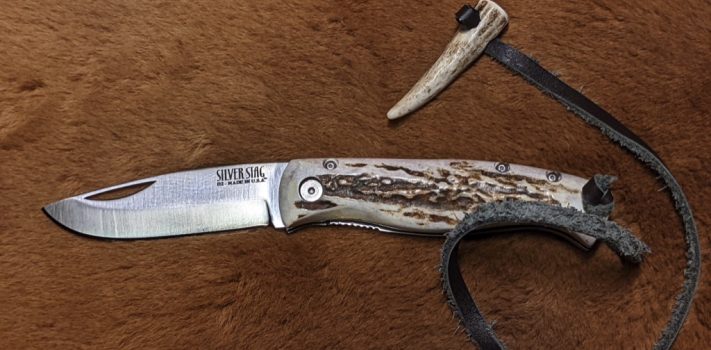Utica Cutlery Multimaster Tool, by Thomas Christianson
I generally favor multi-tools for everyday carry (EDC). I use a blade more often than other tools, it is true. There are always packages to open, cordage to cut, wires to strip, and other tasks appropriate for a blade. But it seems like every time that I carry only a knife instead of a multi-tool, I end up needing pliers or a screwdriver as well. So when I ran across the Utica Cutlery Multimaster, I just had to give it a try. I contacted Utica Cutlery, and they were kind enough to provide me with a sample for testing and …














